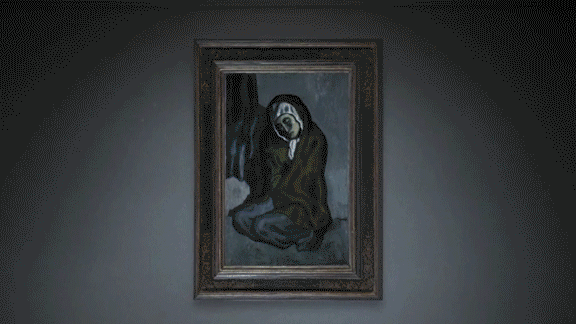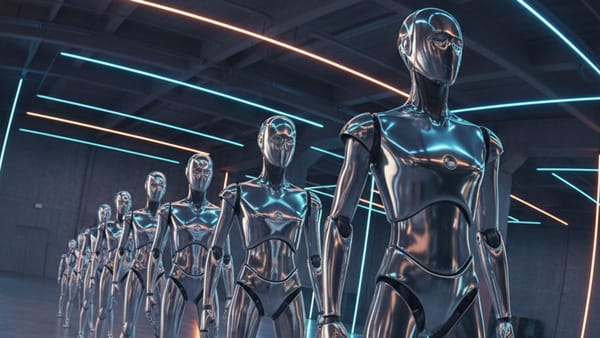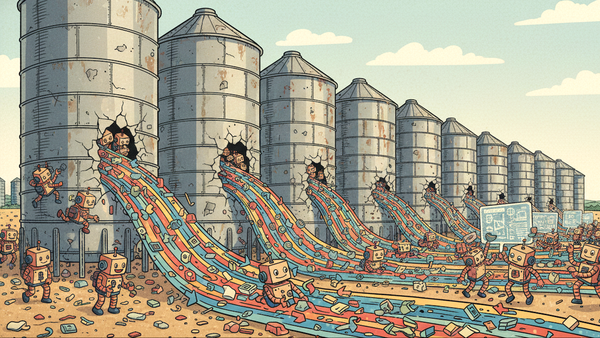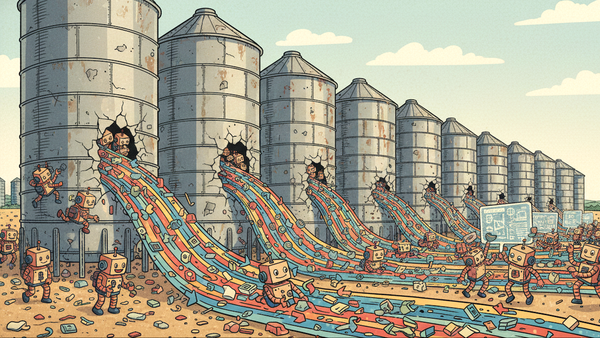Crouching Beggar, Hidden Painting: How Oxia Palus used AI to recreate a lost Picasso painting.
Neural networks for image generation don’t just create new art — they can help recreate works that have been lost for ages. Oxia Palus, a UK startup dedicated to resurrecting lost art through AI.

Neural networks for image generation don’t just create new art — they can help recreate works that have been lost for ages.
What’s new: Oxia Palus, a UK startup dedicated to resurrecting lost art through AI, combined deep learning and 3D printing to reproduce a painting that had been hidden beneath one of Pablo Picasso’s works.
How it works: In 2018, researchers used an x-ray technique to reveal that Picasso had painted his “Crouching Beggar” on top of another artwork. Art experts believe the underlying composition, which depicts a park in Barcelona, was painted by Picasso’s contemporary Santiago Rusiñol.
- Anthony Bourached and George Cann, the company’s CEO and CTO respectively, manually derived a black-and-white outline of the hidden painting from the x-ray image.
- They divided the outline into built structures, greenery, and sky. For each component, they chose an existing Rusiñol painting and used a style transfer method to map its style to the relevant areas, producing a composite generated image.
- To capture the topography of the artist’s brushstrokes, they mapped the style of a Rusiñol work painted via the impasto technique, in which paint is applied thickly so that color correlates well with height, onto the generated image. They made a grayscale version of the output to produce a heightmap.
- Working with a specialty 3D printing company, they used the generated image and heightmap to produce a facsimile painting, taking extra care not to deform the canvas beneath layers of paint. The process embeds a unique code in each print as a copy-protection measure.
- Oxia Palas plans to sell 100 copies of the resulting print titled “Parc Del Laberint D’horta” ($11,111.11, NFT included).
Behind the news: The team used an earlier version of its style-transfer method to recreate a portrait of a woman hidden beneath Picasso’s “The Old Guitarist.” More recently, it trained a conditional generative adversarial network on 225 paintings made by Leonardo da Vinci and his students to recreate painted-over portions of da Vinci’s “Virgin on the Rocks.”
Why it matters: The false starts and abandoned ideas hidden under later works of art can offer valuable glimpses into a painter’s creative process. This combination of style transfer and 3D printing reveals what might have been.
We’re thinking: It’s fitting that Picasso, who revolutionized art in the 20th century, is providing inspiration for a new, AI-powered avant garde.




